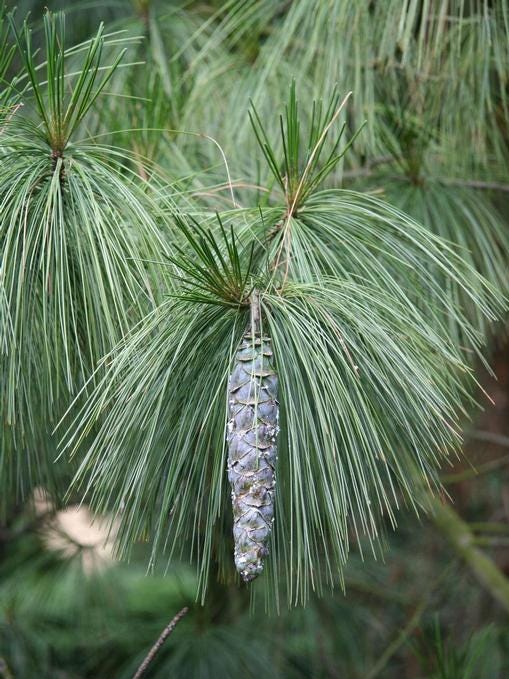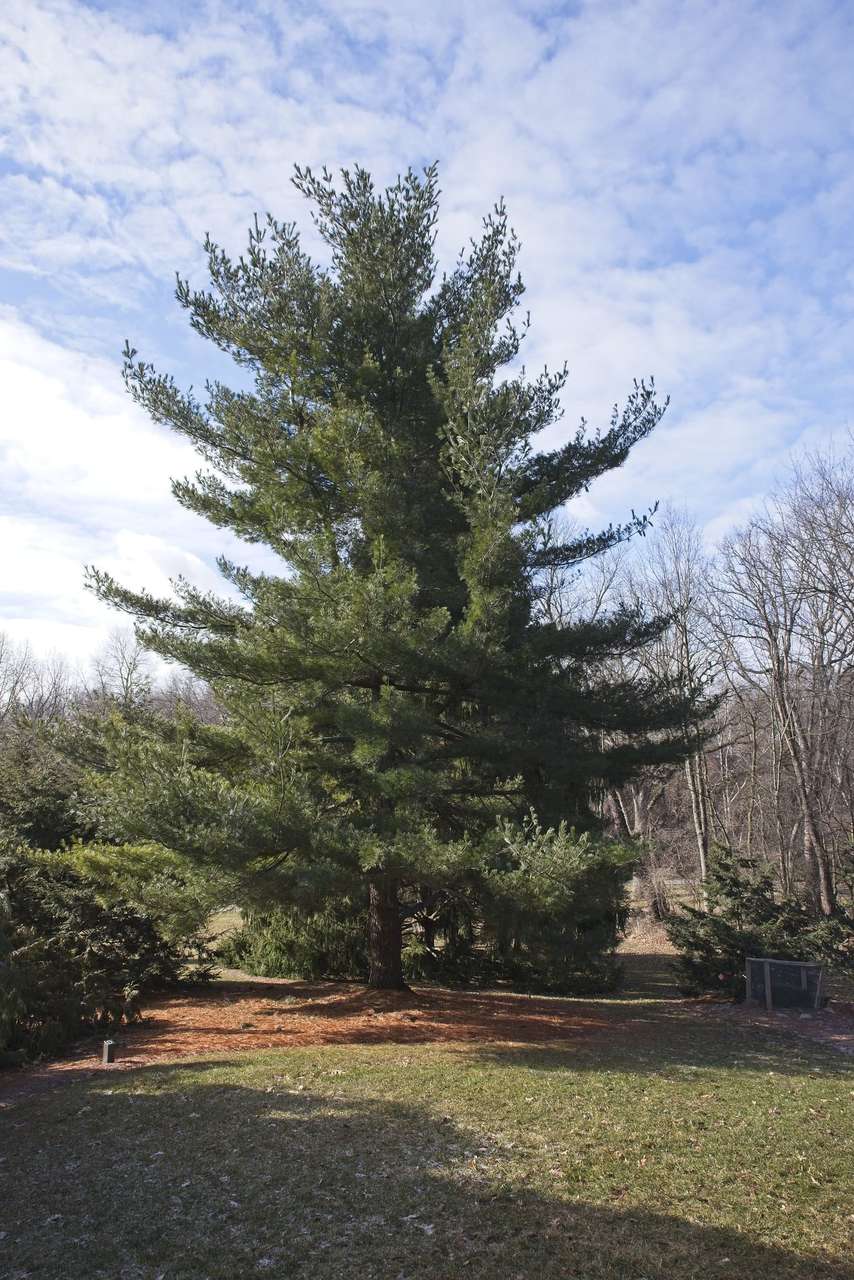

Young needles are whitish-green in the spring, green during the summerĭwarf shrub, compact, and needles are thin and blue VIDEO Created by Homegrown featuring Jeff Owen, Area Extension Forestry Specialist for NC State Extension Profile Video: See this plant in the following landscape: Bonsai Garden Cultivars / Varieties: This bark disease is usually fatal. Insect problems include white pine weevil, bark beetles, white pine shoot borer, Zimmerman moth larvae, pine sawfly, scale, aphids, and spider mites. Diseases include canker, blights, and rust, but the most dangerous is the white pine blister rust. Insects, Diseases, or Other Plant Problems: The eastern white pine is susceptible to a large number of insect and disease problems. cones are narrow cylindrical, scales whiten at the apex.needles are bluish-green, soft, pliable, and in clusters of five.gymnosperm tree with branches and twigs whorled.It may also be used as a hedge, but it will require pruning to control its growth.įire Risk: This plant has a high flammability rating and should not be planted within the defensible space of your home. Select plants with a low flammability rating for the sites nearest your home. The eastern white pine may be planted as a specimen tree for the home landscape or in parks. Cones are sold as tree decorations for models, model railroading, and Christmas decorations.

It is utilized as a Christmas tree, and exterior in large areas (parks, commercial, estates), hedges, and borders. This plant is an attractive ornamental landscape tree. It is valued for its lightweight, straight-grained wood of orange heartwood and white sapwood. In the past, it was an important timber tree. This tree does best in cool, humid climates, and it is intolerant to many air pollutants such as sulfur dioxide and ozone, salts, alkaline soils, and clay soils.
#White pine tree full
It prefers full sun, moist, well-drained, fertile sandy, loamy, and acidic soils. The epithet, strobus, is Latin for gum yielding tree. The genus name, Pinus, is the Latin word for pine. The eastern white pine grows naturally in high, dry, sandy, and rocky ridges and is tolerant of a wide range of soil conditions. This tree is native to Central and Eastern Canada and the Central and Eastern United States. In spring, cylindrical, yellow, male flowers and light green, female flowers mature in clusters. As the tree ages, the bark turns reddish-brown with prominent finely scaly, rounded, long ridges and darker furrows. The bark is green with some lighter patches in young trees. The tree has 3- to 5-inch slender, soft, bluish-green needles in clusters of five. The net benefit of pruning reached its maximum 30 years after pruning and stayed positive for 101 years, suggesting that early pruning is a viable practice for reserved pines.Phonetic Spelling PI-nus STRO-bus DescriptionĮastern white pine is an evergreen gymnosperm tree that may grow 50 to 80 feet tall and 20 to 40 feet wide. Unpruned pines, on average, peaked in net present value 52 years post-release. Retaining isolated white pine trees at final harvest of other conifers in the Acadian forest enhances growth response and can be financially lucrative, especially if forest managers reserve younger pines (under 12 inches diameter) with vigorous crowns. They assessed financial performance of released pines in unpruned and hypothetical pruned scenarios. Researchers used computer modeling to forecast future tree growth and computerized sawmill simulation to estimate post-release standing tree values. They collected measurements on all trees from the ground and climbed 9 trees to obtain branch measurements. NSRC researchers examined growth response of 77 isolated, released pines and determined their financial maturity at 8 sites throughout Maine’s Acadian spruce-fir region. Many spruce budworm era (1975-90) salvage harvests in the Northern Forest retained immature white pine reserve trees.
#White pine tree manual
In old field monocultures, value depends on early manual pruning, but in mixed-species stands, competition from shade tolerant conifers (spruce, fire, hemlock) can accelerate branch shedding and minimize weevil attack, creating high quality logs without manual pruning. Most woods grown pines are not of high value because of poor natural branch shedding and white pine weevil deformation. Eastern white pine is potentially a high-value species because of large market premiums for clear lumber, so financial return for harvesting white pine depends on forest management designed to develop high quality basal logs.


 0 kommentar(er)
0 kommentar(er)
